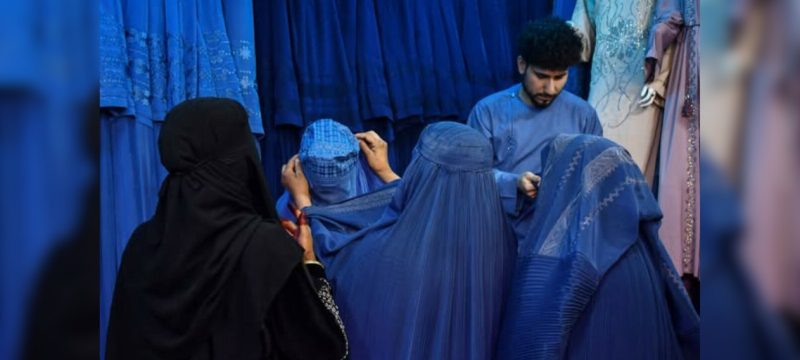Urban Afghan women are increasingly abandoning the traditional blue burqa in favor of the abaya, a trend influenced by Gulf fashion. While the Taliban mandate full-body coverage, their restrictions do not explicitly require the burqa, leading younger women to opt for the more comfortable and varied abaya with a hijab and face covering.
“The new generation would never accept wearing a burqa because of the design and color,” said 23-year-old Tahmina Adel from Kabul, who, despite being forced out of university due to the Taliban’s education ban, still follows fashion trends on social media.
Also Read: Pakistan Women’s Cricket Team to Begin Training Camp Ahead of World Cup Qualifiers
Many women find the burqa stifling, with some switching to abayas that allow more freedom. However, in Taliban-controlled offices, women like 22-year-old Niha report being pressured to cover their faces, sometimes even with a medical mask.
Despite the Taliban’s claim that there is “no difference” between a burqa and hijab, the shift towards abayas highlights a silent resistance against oppressive dress codes in Afghanistan.









